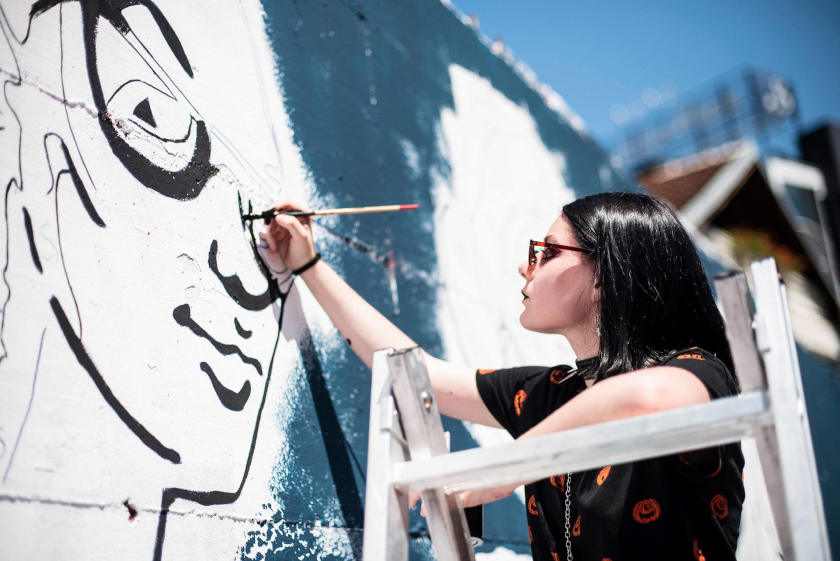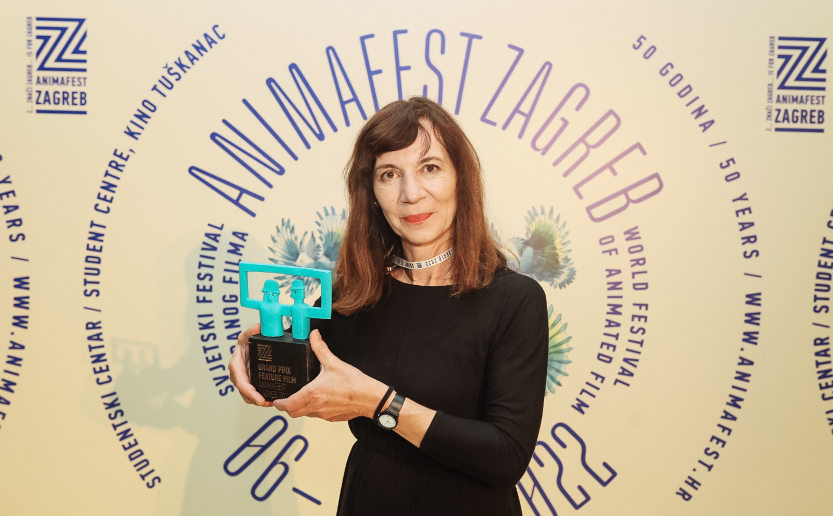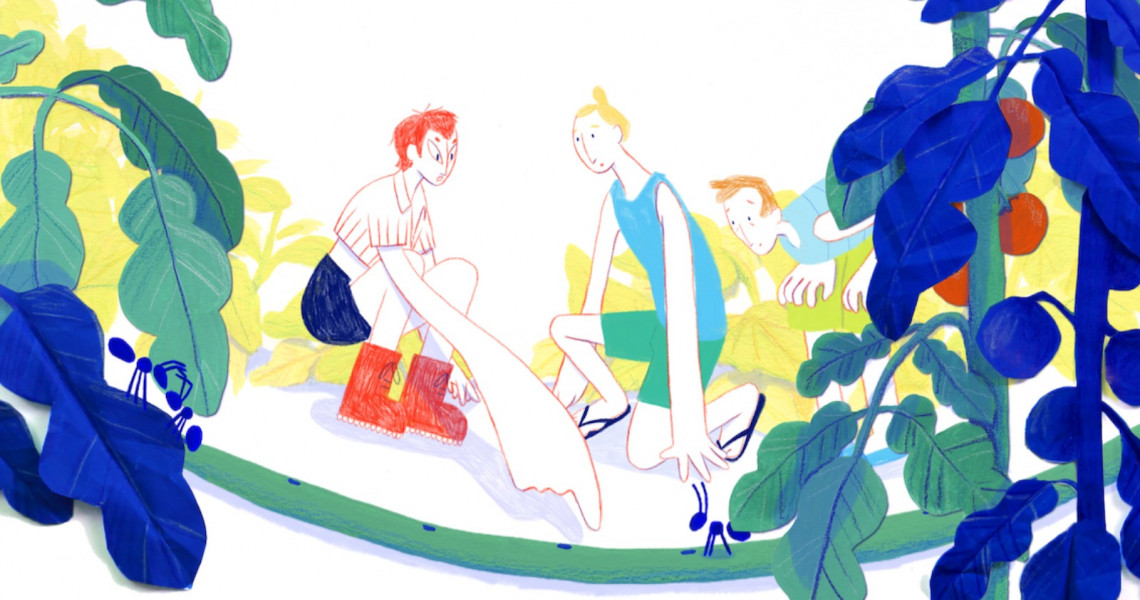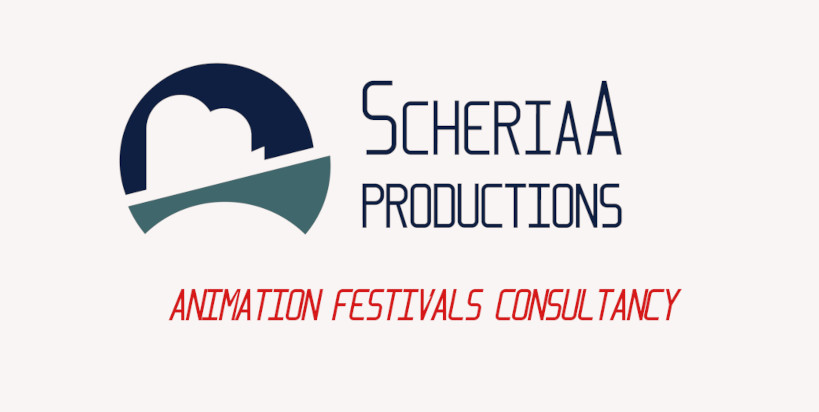How Happy Can You Be at Animation Festivals? In Defense of Film Programming

Let's start at the very beginning. There is not a single festival (animation, live-action, documentary, genre festival etc.) that doesn't want to have its participants (audience, filmmakers, sponsors, professionals etc.) entertained and happy. Even Cannes Film Festival, the arch-bearer of solemn ceremonies, has had a long line-up of celebrated parties and events.
Parties keep people happy, and animation festivals want to (and have to) keep people happy; festivals are social events, and we all know -especially at those times of social distancing- that a single sip of wine with your friends and colleagues can be more beneficial than a 2h Zoom lecture.
So, animation festivals need to be festivals and need to be festive. Yet, what we are concerned here with is the increasing marketing of animation festivals as just a social celebration in its various forms rather than a meaningful appreciation of the (demanding) film programme it sometimes hosts.
In the age of social media, everyone is vying for attention, sometimes a small rabbit can get your attention more than a lengthy discussion on independent animation. So, we increasingly see animation festival directors in opening and award ceremonies who have to juggle between being a programmer, a performer, a master of ceremonies and all other things in between -in various outfits, from the simply funny to the silly to the outrageous. We get the point: animation festivals are not tuxedo-invested festivals, unlike their arch-enemy (the big A-list film festivals). They are fun instead, and in every single audience member there is a Peter Pan kid who never wants to grow up.
But will this Peter Pan kid actually discourse about animation and film or simply fly around from one festival to the other? And how will the festival's overall strategy itself support interesting things conducted within the same festival body, when everybody is glued in to their own screen to watch just an exuberant festival trailer and ceremony? Festival press releases now tend to emphasize less and less the festival's own programme, and phrase their programmes in terms of 'celebration' and 'variety', as if diversity itself can actually be the key to unlock all other meanings -it doesn't. A general feeling of euphoria and a single list of films won't substitute meaningful content (but Animafest Zagreb's press releases really come closer to a film discourse).
Let's face it, independent animation short films (and some feature films as well) are demanding content; most festivals do a fine job in programming the films best in their schedule. But, when the time comes to actually showcase them, the need to endorse the 'animation is fun' attitude; which, in turn, makes all the animation festivals look alike (they're not). Which also makes them look uninteresting (they're not). Which also makes them look disposable (they're not).
Annecy Festival will celebrate 'its 60th anniversary' in 2021; the 60th anniversary was to be celebrated last year, but it was postponed due to the covid. In reality, Annecy has conducted only 44 editions (the festival started as a biennial event, the 2021 edition is the 45th); but this info is carefully hidden in the festival regulations that even festival submitters will overlook. The festival won't choose to celebrate its 45 editions (and its competitions and winners), but its own existence as a cultural/social, world-class event. It's not about the animation films it hosts and their cultural repercussions, it's about being at Annecy and celebrate. An admirable thing, but is all there is to a festival showcasing its existence?
The question is neither rhetorical nor stems from a an antiquated need for a different kind of content (experimental animation etc.). Content is already there, but animation festivals simply don't flaunt it -at least, not in a systematic and organized manner. And the celebration marketing road is just a slippery slope that gets animation festivals in the same lineup as beer and food festivals. Now, when budget cuts are being made, guess which kinds of events are the first in line to get a severe budgetary haircut.
Two big festivals in different continents, America and Asia, AnimaMundi and Hiroshima International Animation Festival, were swallowed up. The 2019 crowdfunding of AnimaMundi was not enough to endure the loss of government funding. In Hiroshima, in the words of ASIFA-Japan Makika Nago, the new “cultural art event" to replace HIAF will put more emphasis on economic effect as well as tourism promotion" (the complete story at Cartoonbrew).
Is this really the time for celebration of animation as unadulterated fun, a Disney-type event for animation arthouse aficionados? Animation festivals need desperately an agenda: the ironic thing is that the material for this agenda is inherent in most of the films they select for the programming, but is curiously absent from the event itself. Even film retrospectives of famous auteurs are couched primarily in the manner of celebration of individual past achievements - and not in the way of discussion and inviting insights for the new era. They are definitely interesting / significant discussions and online panels in the festivals themselves; but they do not define the festival's own agenda, they are just the gravy in the celebration steak.
The small-scale StopTrik Festival (Maribor, Slovenia & Lodz, Poland) tries consistently for many years in a row to build an agenda of socio-political issues directly linked to the animation and film culture. Its latest edition was the "Animation as a weapon" (based on Theodore Ushev's manifesto). Anibar with its own creation history has embraced human rights appropriation, and (we suspect) Tricky Women/Tricky Realities has a defining agenda showcasing and supporting animation women filmmakers.
A festival strategy and agenda does not necessarily have to be polemical, but it certainly has to be relevant for the times we live and experience. What is Animafest Zagreb's stance on all the socio-political upheaval that takes place in its neighborhood and affects the whole of Central Eastern European Animation? Will Annecy Festival put in its agenda the changing landscape of animation festivals in its semi-traditional panel of festival programmers, and push it strong enough to stand out among the myriad of things encountered at the festival?
How a-political animation festivals still want to remain? It's time for the animation festivals to showcase their cultural relevancy in our troubled times; film programming is a very serious business, and all festival programmers (including festival directors themselves) do it remarkably. But journalists (like Nancy Denney-Phelps and our own reports) still have to dig down a lot to separate it from the festival fanfare. There's the need to connect this programming work to the festival itself as an event.
If there was one advice for animation festivals at this point and times (and if they want to take it, of course) would be like this: embrace your own content. Talk about it in all ways possible, create synergies that actually promote the specific festival content you host (and not a generic theme 'one size fits all'), mobilize the players that can actually be your natural allies in your own festival survival/advancement as well, make a noise. And then we'll all be happy.










